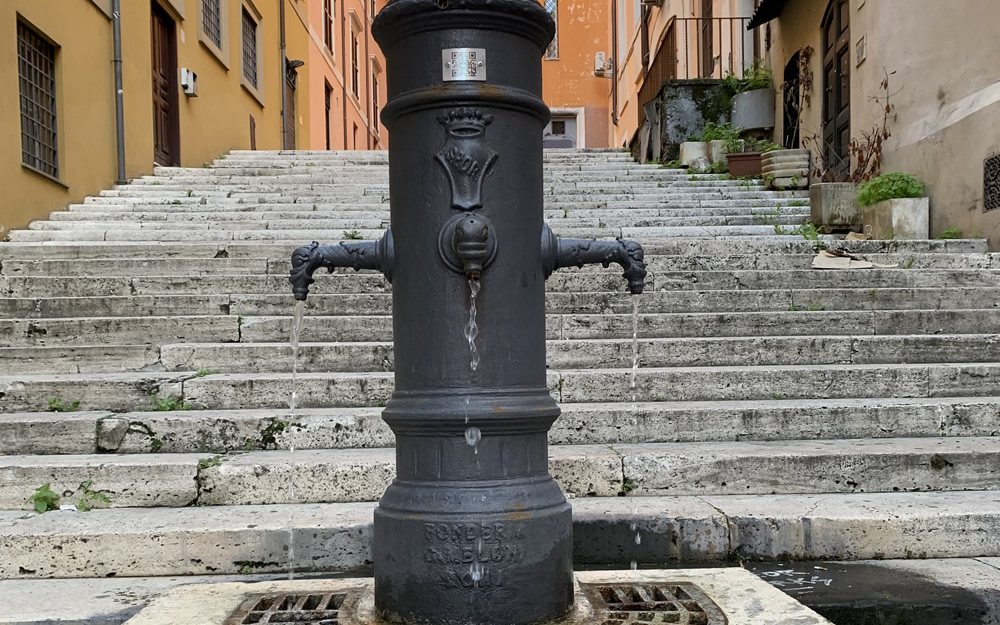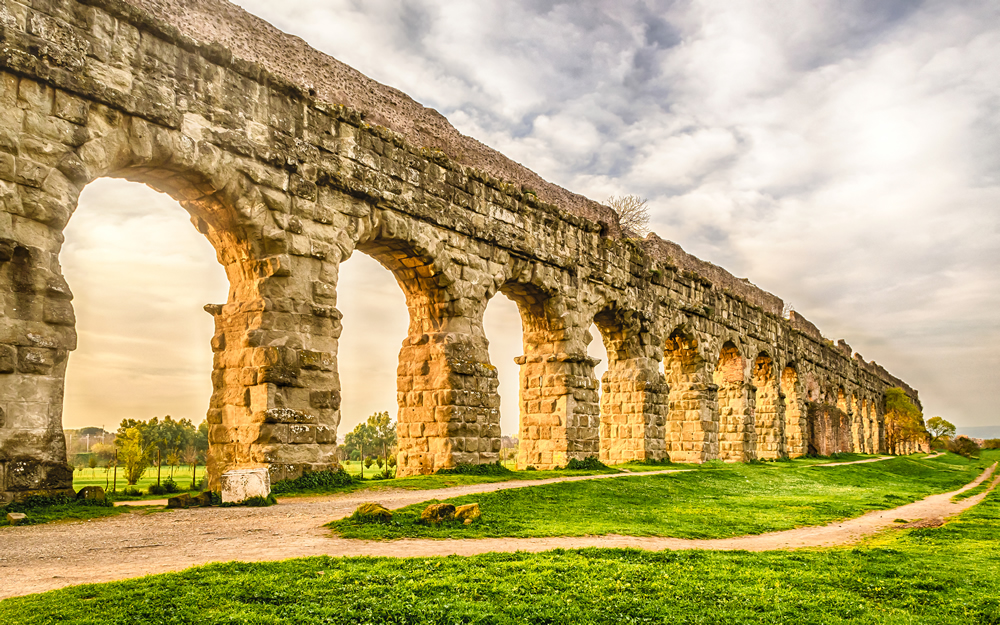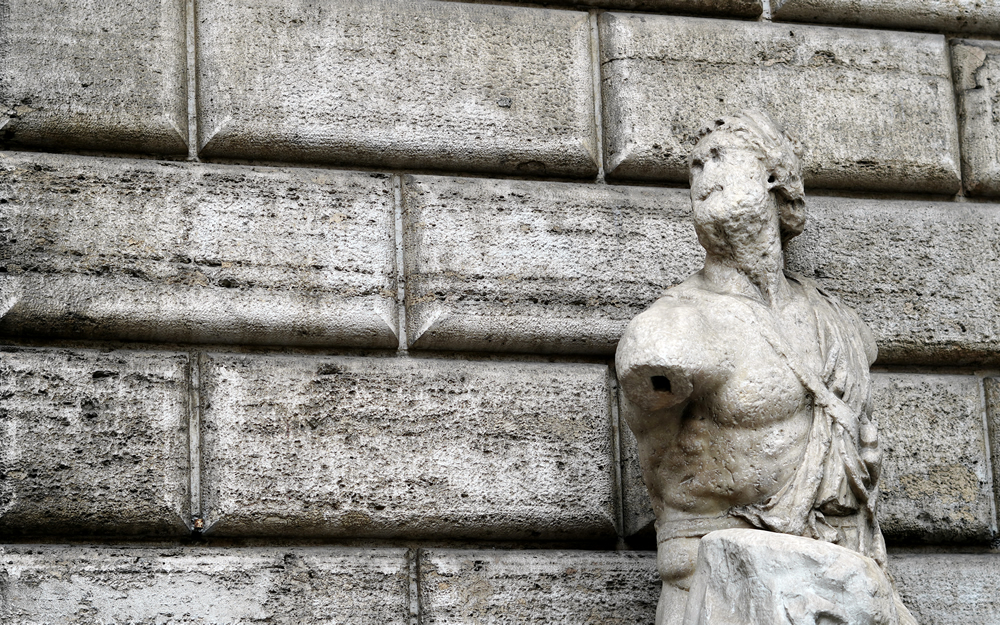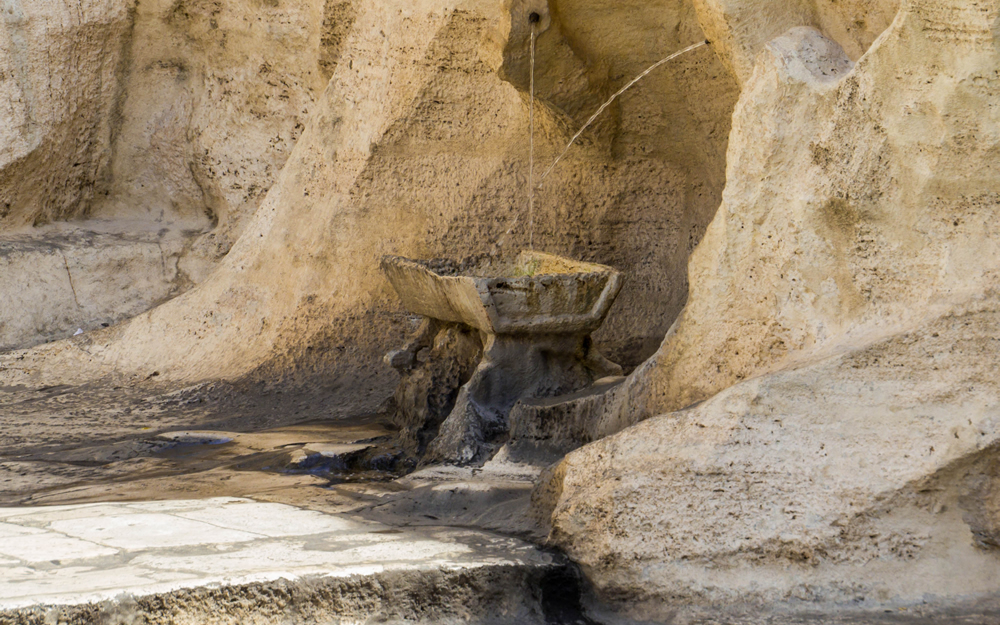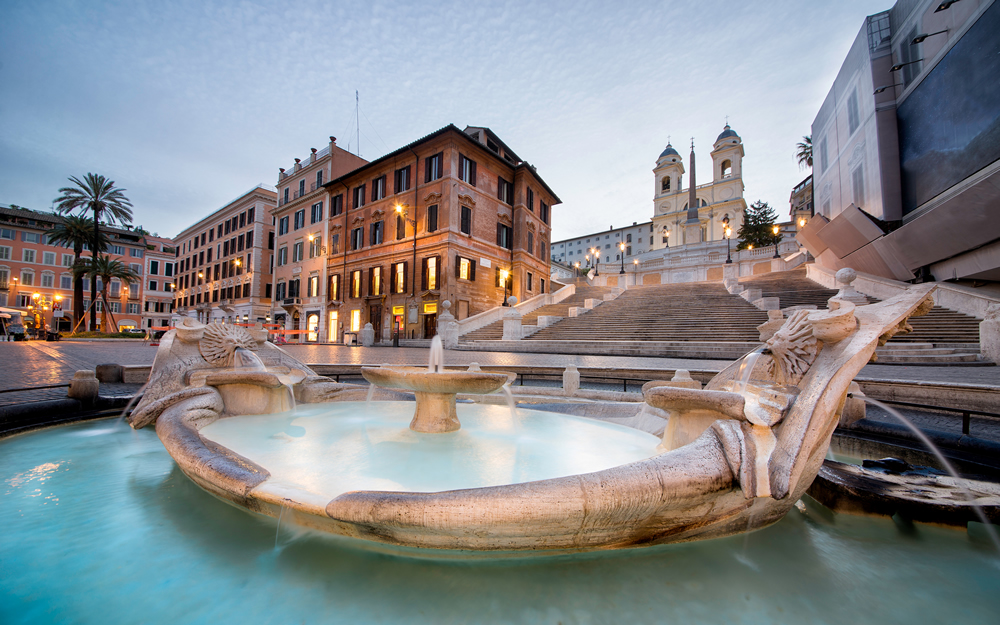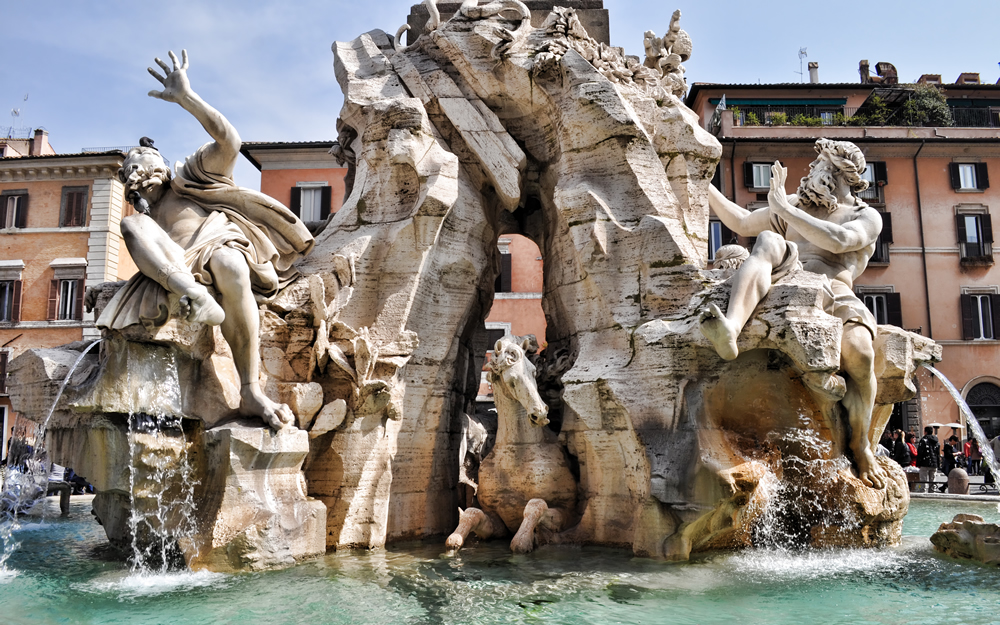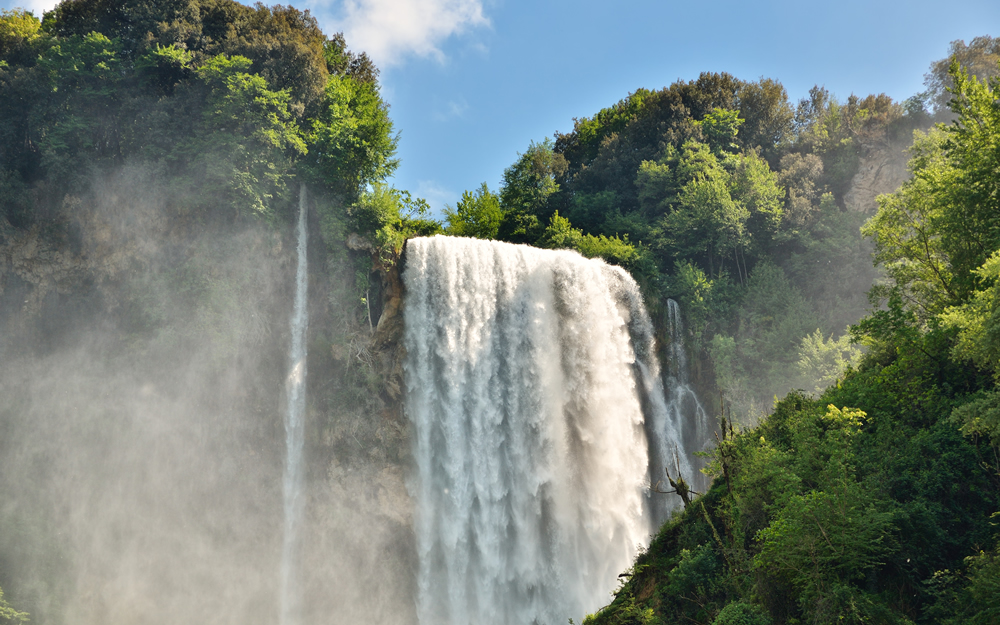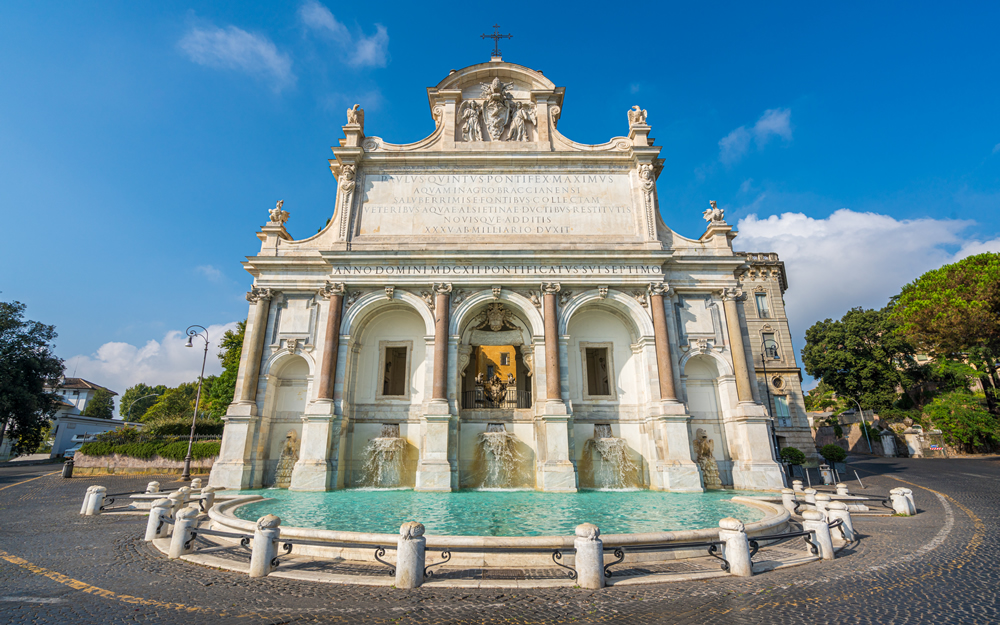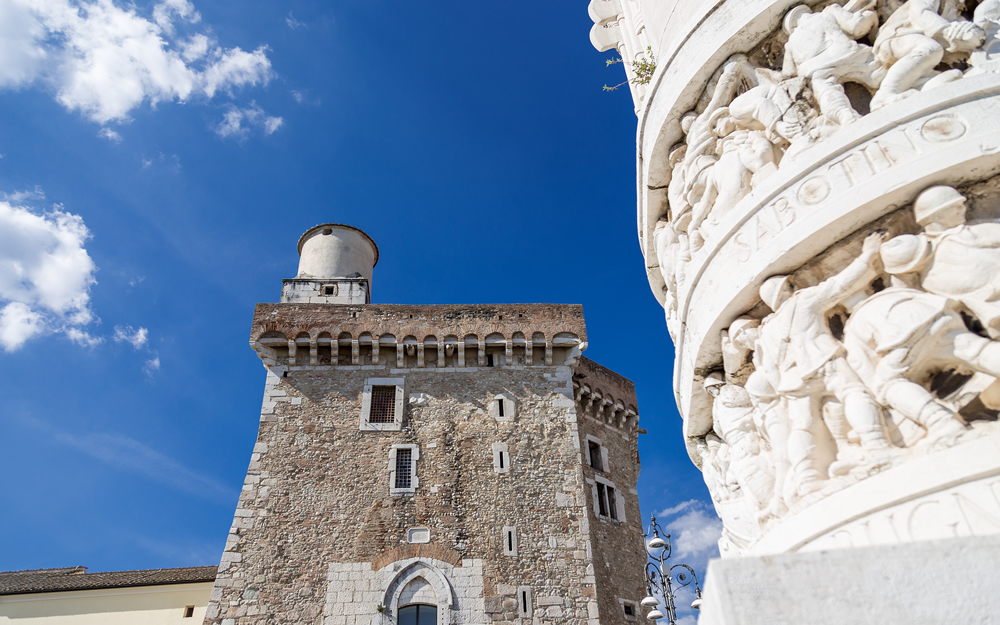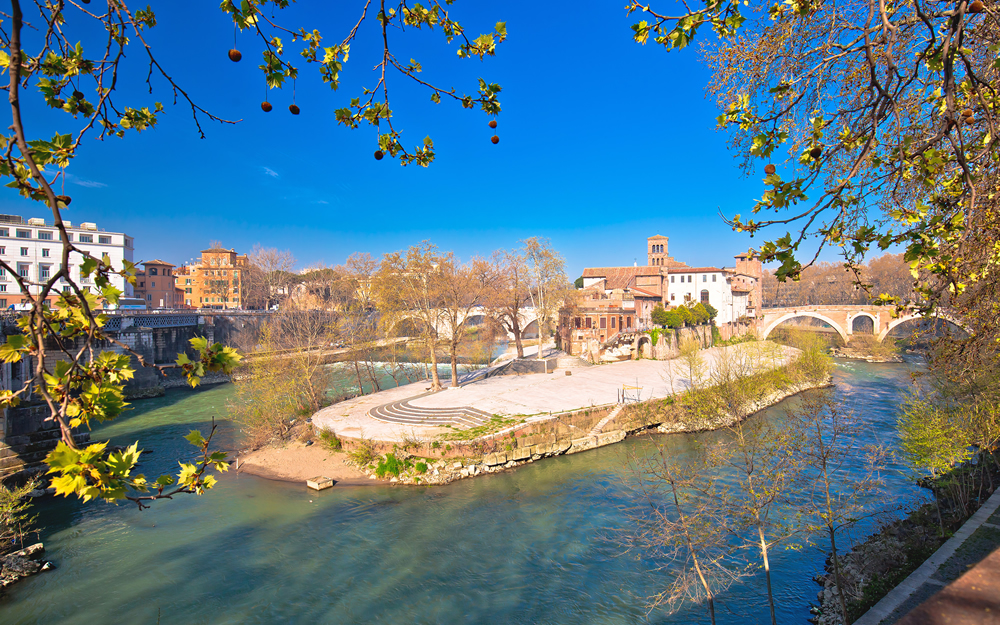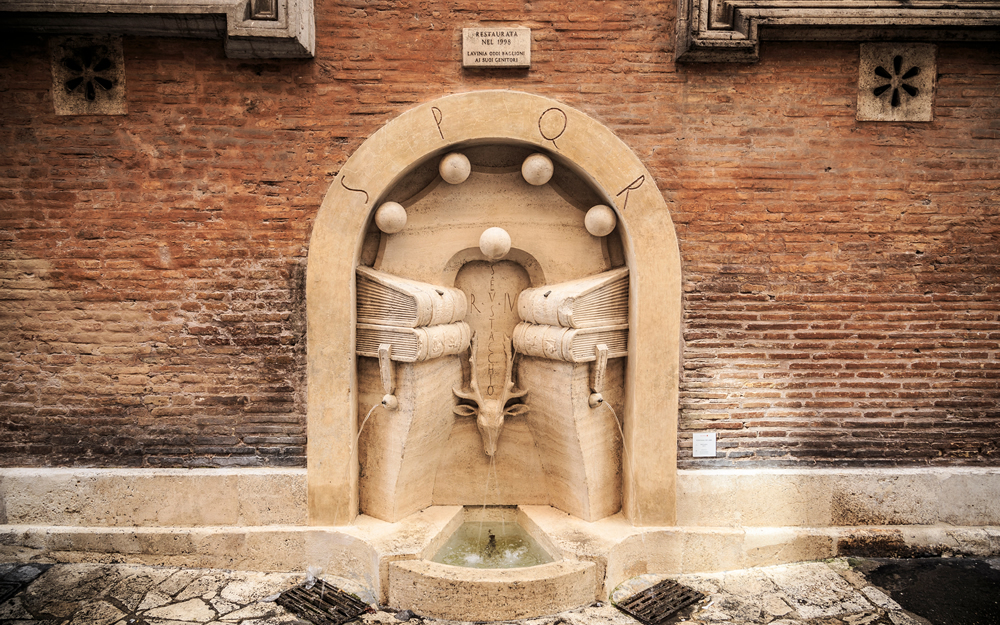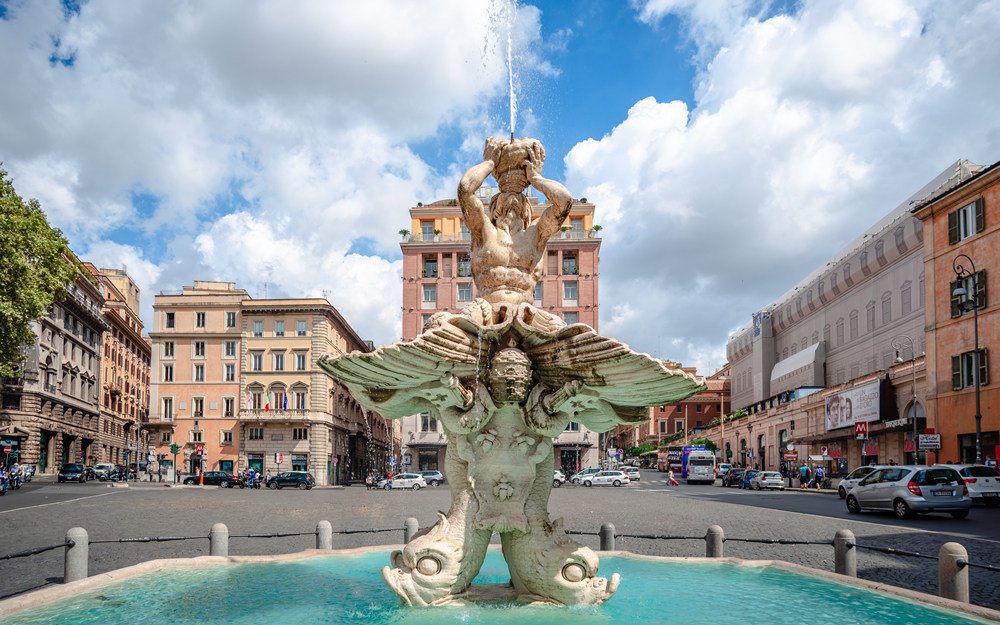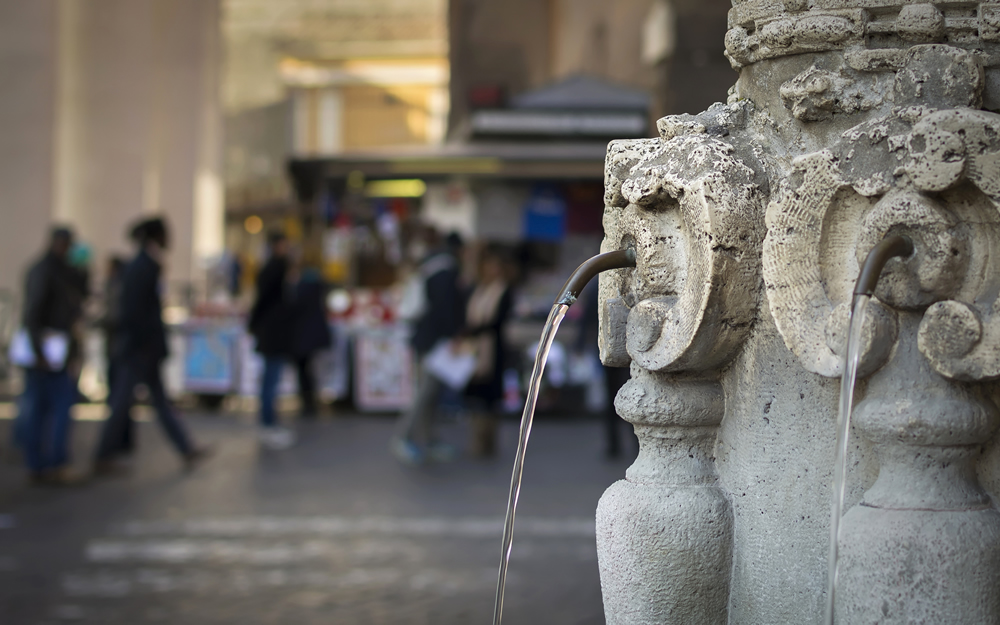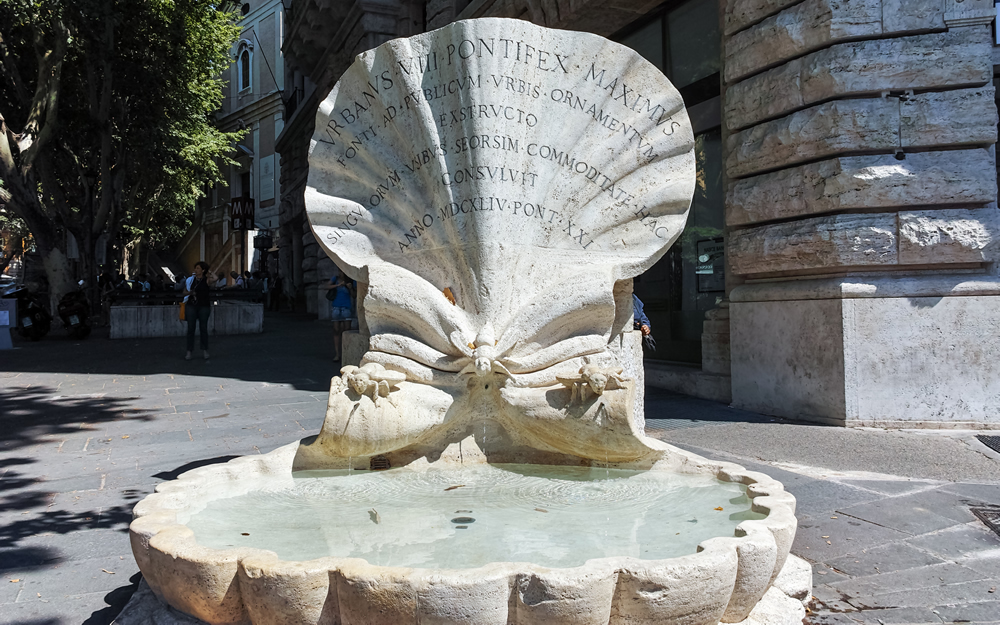- Home /
- Voice from the city /
- Fountain in Santa Maria in Trastevere. The Oldest in Rome
Fountain in Santa Maria in Trastevere. The Oldest in Rome
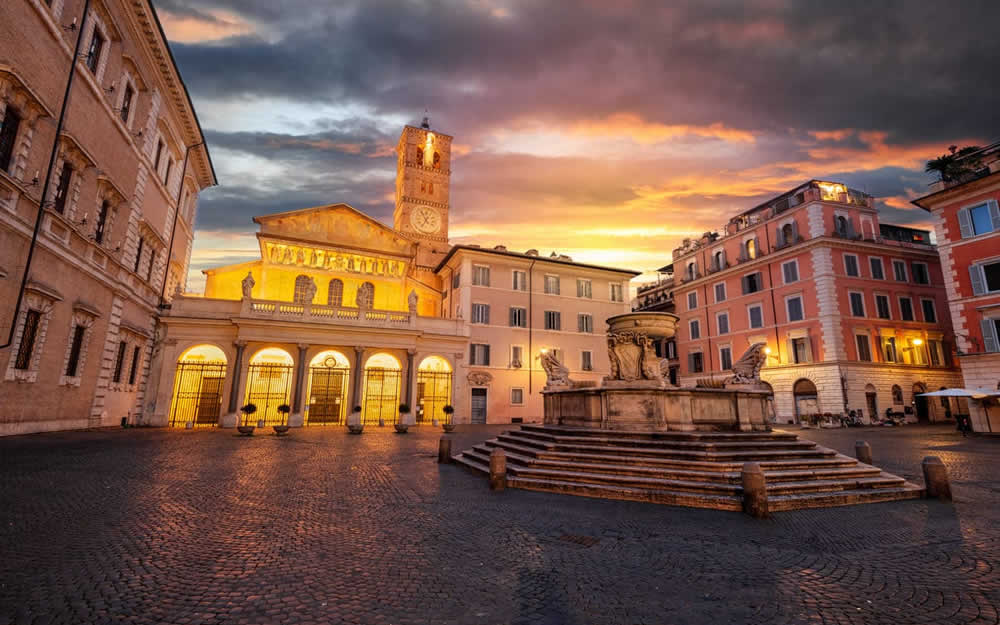
The Fountain in Piazza di Santa Maria in Trastevere is considered the oldest fountain in Rome. It is located on the right bank of the Tiber, in the heart of one of the neighbourhoods that best express the soul of the capital.
Observing the structure of the fountain, we can see how this incredible monument presents shapes that were very common in the 15th century: a polygonal basin from which two basins rise. Despite having survived to this day, the fountain’s past is full of interventions and restorations.
What is the true story of the oldest fountain in Rome, located in Piazza Santa Maria in Trastevere? Let's discover it together.
The history of the oldest fountain in Rome
Many historians believe that the fountain dates back to the Augustan imperial era and was fed by the Alsietina Water: this flowed from the Alsietino aqueduct, which was built to feed the Naumachia, an artificial lake created by Augustus for naval combat shows.
Based on some testimonies, the first interventions on the remains of the Santa Maria in Trastevere Fountain date back to the end of the 8th century, under the pontificate of Pope Adrian I.
The first restoration of the Santa Maria in Trastevere Fountain
In 1450, Pope Nicholas V ordered the construction of a square basin on steps, in the centre of which two basins of different sizes were placed: thus the first structure of the Santa Maria in Trastevere Fountain, as we know it today, was born.
The top basin was eliminated by Giovanni Valenza during the pontificate of Alexander VI Borgia. The first restoration that we can date with certainty took place between 1496 and 1501, the work of architect Donato Bramante, who decorated the only remaining basin with wolf head-shaped spouts from which the Alsietina water flowed.
The structure was radically modified at the end of the same century, immediately after the restoration by Donato Bramante: Giovanni Fontana intervened on the square shape of the basin, making it octagonal.
Which aqueduct feeds the Santa Maria in Trastevere Fountain?
The history of the Fountain in Santa Maria in Trastevere goes through some of the most important aqueducts in the capital. The first modification took place in 1604, when Girolamo Rainaldi replaced the Alsietina Water with the Felice Water.
Not long after, the fountain's supply passed from the Felice Aqueduct to the Paola Water, the same that still feeds the Acqua Paola Fountain, following the ancient Trajan Aqueduct: a great change that made it necessary to move the fountain from the Church to the centre of the square.
The entire work was completed by Bernini who, in 1658, raised the monument on steps, placed a commemorative inscription, the coats of arms of Pope Alexander VII, and incorporated the famous four open shells on the sides.
A flow of history, up to the present day
The Fountain in Santa Maria in Trastevere is an emblem of culture and art, but it also reveals numerous adaptations that retrace the history of the capital.
In 1694, Carlo Fontana concluded another intervention: the basin was enlarged and made of travertine, the four shells on the sides were replaced with larger ones, and instead of keeping them facing outwards, he directed them inwards, making it one of the most beautiful monuments of the Eternal City.
Don’t miss the chance to visit Trastevere and let yourself be inspired by the most beautiful walks in Rome: in addition to the Fountain of Santa Maria in Trastevere, you can admire the Tiber Island, the smallest inhabited island in the world, and the picturesque Lungotevere.
If you want to explore the most beautiful water routes in the capital or discover all the curiosities about the majestic fountains of Rome, check out the Acea Waidy Wow! map.



